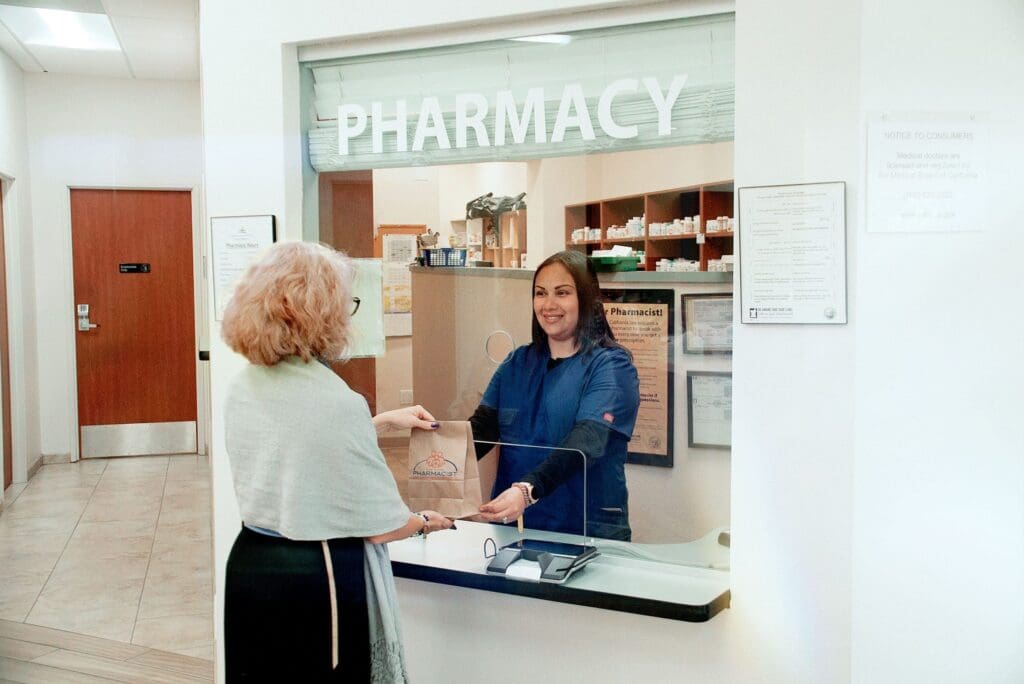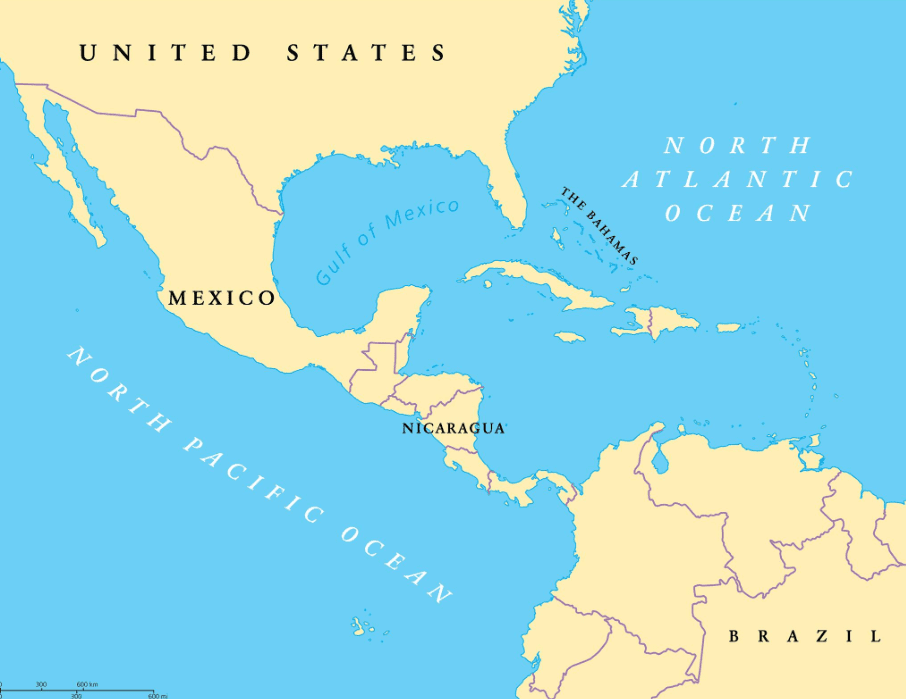
Ana was stranded in Nicaragua.
When trying to leave the country, she had been alerted by the Nicaraguan government that borders were closed, and international flights suspended. Ana tried to be resourceful, trying to access alternate travel beyond airplane – land, sea, and river – but all were shut down. Ana, accompanied by her two parents who she provides full time care for, tried to contact local authorities and even the U.S. Embassy in hopes of returning to the United States.
Beginning in March 2020 and spanning over many months, Ana called and recalled busy phone lines and overburdened government systems while trying to navigate her return home. And being 3,123 miles away from home and accompanied by two senior citizens who were considered high risk for contracting COVID made for a challenging situation.
Ana, too, was considered high risk due to diabetes and hypertension, placing additional pressure on her to find solutions for both her and her parents. But with the continued border closures, the various United States stay-at-home orders, and perpetual fear of COVID-19 on the rise, Ana felt overwhelmed. Ana decided to call Neighborhood – she needed resources and she needed them quickly.

Through international telehealth visits, Ana was able to receive her medication refills while marooned in Nicaragua. Neighborhood Healthcare continued to coordinate and collaborate with our internal pharmacy services and specialty providers, ensuring various medications could be obtained by members of Ana’s family. The family, located in the United States, would then ship them to Nicaragua. While in Nicaragua, Ana said, “I couldn’t go to the store, let alone the local pharmacy, in the nearest Nicaraguan city because the pandemic was too contagious. Neighborhood was able to coordinate my care from thousands of miles away and even able to suggest food that I’d be able to buy locally to help me maintain my sugar levels and stay healthy” and she continued, “the telehealth visits were the only thing that helped. I needed constant contact with my provider because there was so much uncertainty happening around me, I wanted to be reassured and given resources as to what I could do for my health even though I wasn’t physically in the United States.”
Later, Ana was provided with access to behavioral telehealth appointments in addition to her primary care. Eight months later, in November of 2020, we welcomed Ana back to the United States. Within a week of returning to her home in Menifee, she was able to resume in person visits at Neighborhood’s Menifee Clinic. And for the first time in nearly a year, she was finally able to tell the providers “thank you” in-person.
Eight months later, in November of 2020, we welcomed Ana back to the United States. Within a week of returning to her home in Menifee, she was able to resume in person visits at Neighborhood’s Menifee Clinic. And for the first time in nearly a year, she was finally able to tell the providers “thank you” in-person.
